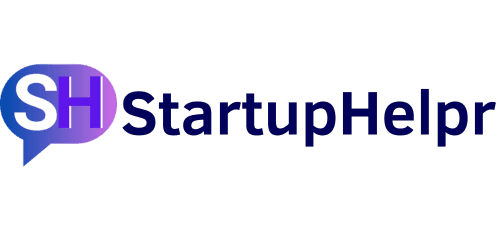Whether your goal is to increase engagement, reduce churn, or simply maintain a robust line of communication with your user base, leveraging behavioral triggers in your email marketing strategy is a powerful tool. Let’s talk about how you can effectively employ these techniques to enhance your email campaigns and segment users effortlessly.
Understanding Behavioral Triggers
What are Behavioral Triggers?
Behavioral triggers are predefined actions users take—or don’t take—that cue your email system to send tailored messages. This form of marketing automation helps maintain engagement and relevance without the need for constant manual effort.
"Emails triggered by user actions—or inactions—are essential for an effective communication strategy."
Why Use Behavioral Triggers?
Users expect personalized experiences. Using behavioral triggers allows for:
Increased Engagement: Tailored emails based on user activity tend to have higher open and conversion rates.
Enhanced User Experience: Delivering relevant content based on user behavior helps in fostering a sense of connection.
Reduced Churn: By reaching out to inactive users, you can prevent them from slipping away.
Two Approaches to Behavioral Trigger Emails
1. Activity-Based Emails
Activity-based emails are sent when a user performs a specific action. These include:
App Usage: If a user engages with a particular feature within your app, follow up with useful tips or advanced tutorials.
Customer Support Interaction: After a user contacts customer support, you could send a survey for feedback on their service experience.
Example Scenarios:
A user signs up for your service, prompting a series of onboarding emails.
A user frequently uses a particular feature, leading to suggestions of similar features they might enjoy.
2. Inactivity-Based Emails
Inactivity-based emails, on the other hand, are aimed at users who haven't interacted with your app for a while.
Reactivation Campaigns: If a user hasn't logged into your app recently, sending them a gentle nudge through a reactivation email can rekindle their interest.
Reminder Notifications: Sometimes, users need a small reminder about pending actions, like an incomplete profile or abandoned cart.
Example Scenarios:
Sending a re-engagement email to users who haven’t been active for 30 days.
Offering an exclusive discount to users who abandon their carts before purchase.
Designing Effective Trigger Emails
Creating compelling trigger emails involves considering the timing, content, and personalization. Here are some strategies:
Personalization: Use the user’s name and relevant details to make the email feel personal and direct.
Clear CTAs: Your email should have a clear, single-focus call to action that tells the user exactly what to do next.
Responsive Design: Ensure that your emails look good on all devices, as people often check emails on their phones.
Getting Started with Behavioral Triggers
Selecting the Right Tool
Choose an email marketing platform that supports automation and segmentation. Consider tools like Intercom, Mailchimp, HubSpot, or SaaS-specific CRMs equipped with trigger functionalities.
Mapping User Journeys
Identify key points in the user journey where trigger emails could add value. This involves understanding your customer lifecycle and points of potential drop-off.
Testing and Iterating
Regularly test and iterate on your email campaigns. A/B testing different aspects of your emails—subject lines, body content, send times—can lead to significantly better performance.
Conclusion
Harnessing the power of behavioral triggers in your email marketing strategy is not just about sending emails—it's about sending the right emails at the right time. By focusing on both activity and inactivity-based triggers, you can maintain engagement with your users, nurture dormant accounts back to activity, and ultimately drive success for your SaaS startup.
Don't let your email campaigns be a static line of communication. Make them dynamic and user-focused with behavioral triggers. Remember, it's all about keeping that line of communication open and relevant. Happy emailing!




